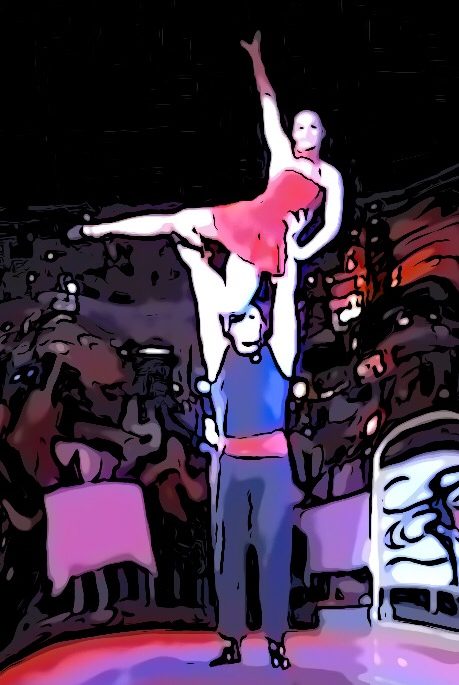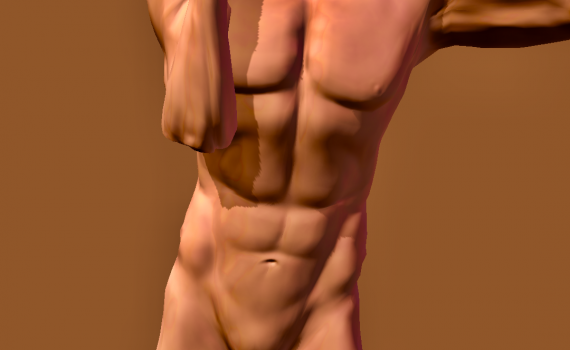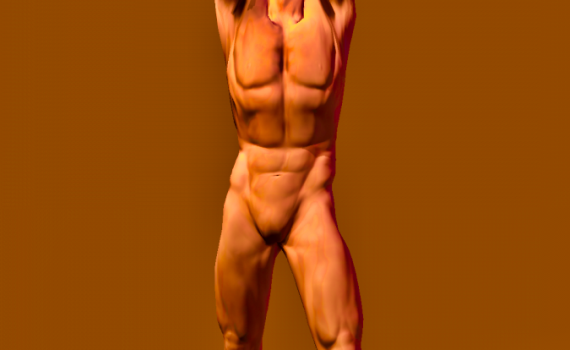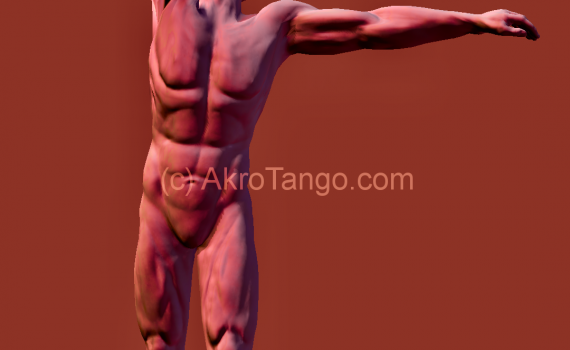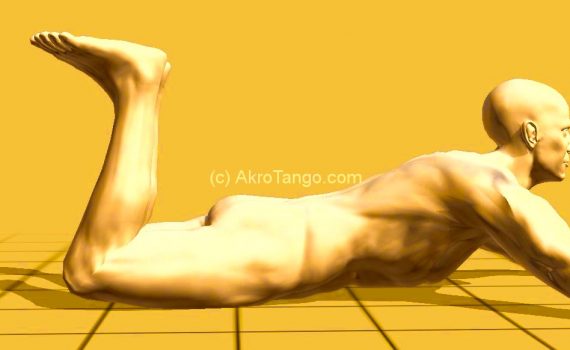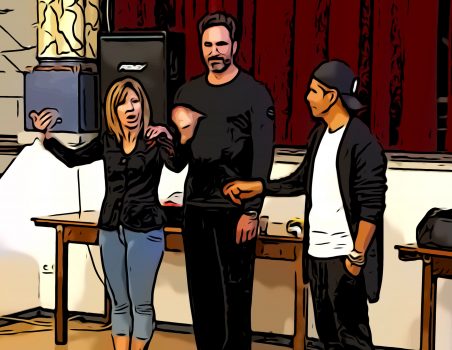In order to avoid shear forces when to enter the one-armed, the flyer must learn to lean actively from the middle of the body in the desired direction laterally. The axis of rotation for the handstand is the shoulder and when standing the hip! If the base does not prevent this leaning, the weight of the flyer tilts on one arm in a controlled manner until the center of gravity reaches above the axis of rotation and the base’s carrying hand. The base follows this tilting with his elbow … Then, when the weight has almost completely arrived in the […]
Monthly archives: April 2018
The balance on the straight arms takes place exclusively over the legs. Again, the picture of balancing a huge ball is very helpful. As soon as the flyer starts to tip out of line, it creates a rotation that balances the base as fast as possible. Simply staying with your hands under the flyer’s focus is not enough! Correcting with the shoulder or elbow inevitably leads to a bent line of force. This in turn results in either a hollow cross, or wastes a lot of power. Not to mention the lack of appeal for the audience. The lying flyer […]
This balance is relatively easy as long as the flyer is stabilized (e.g., sideways flyer or shoulderstand) or by the other hand of the base (e.g., cross-breaker at the leg or knot handstand at the upper arm). However, the balance without some form of stabilization becomes difficult. The entrance usually takes place via one of the stabilized positions … which are already manageable by advanced bases. Without picking up the residual weight from the stabilizing arm, this balance starts extremely shaky. If you have not automated the pick-up, you should practice it again with simpler positions (for example, with lying […]
Maximum stability in this position would be if the heels are pulled all the way to the po, but then the angle of the feet is no longer suitable for the balance. It is important to find a good compromise. The back is always under tension … no position for having a rest. The possibilities in this position are very limited, since even small shearing forces mean the end of the trick. The base can not help in case of a crash. It makes sense to initially balance in this position only a lying flyer. This position looks very nice […]
There is hardly anything that is discussed as complex as the dance posture. Interestingly, roles are already derived by the arm posture. When asked why the leader has the left arm on top, so far I’ve never received a biomechanically plausible answer from world champions. Dancing is by nature a ritual that reflects a sense of intimacy between the sexes, especially in couple dancing. Therefore, a dance touches me only when the dancers stay in their roles. For me especially the comparison with paintings and frames fits. The woman is the painting and the Lord is the frame. The frame […]
“La Caminata” literally means “mountain hike”. However, a Grande Maestro from Argentina gets glowing eyes while using it and talks about how the tango step is “right” to perform.The hard step approach of the ballroom dancers (with a strong staccato in the footflick*) is not much appreciated in Tango Argentino. The step approach should be rather soft and correspond to the weight transfer of the danced emotion. Since the Tango Argentino does not specify any fixed step patterns, the rhythm is also freely selectable. I see the art of the tango therein is to musically shape the weight transfer and […]
Since 2017, more and more workshops on the subject of music are offered. Argentine maestros explain the transformation of Tango Argentino over the decades in their workshops. The tango boom in Argentina began when the radio prevailed in Argentina. However, the quality of the sound recordings was very noisy and are unacceptable for the current state of the art (even though tango jockeys always want to make us happy with these old recordings). Mostly the same songs are from a current band in excellent quality … and I think an artist is allowed to make a good living already during his […]
